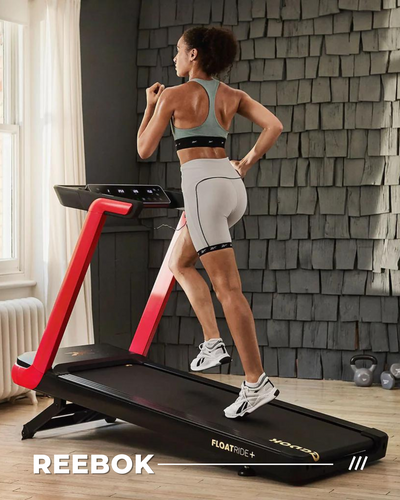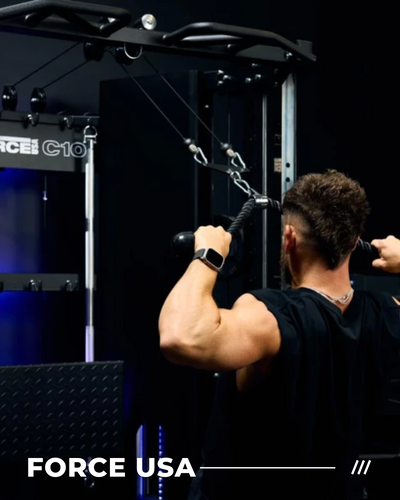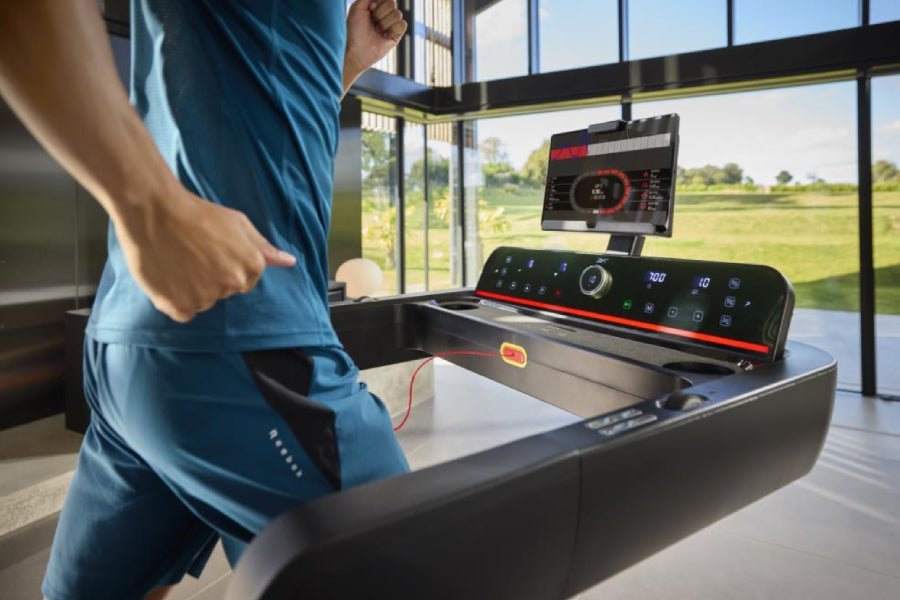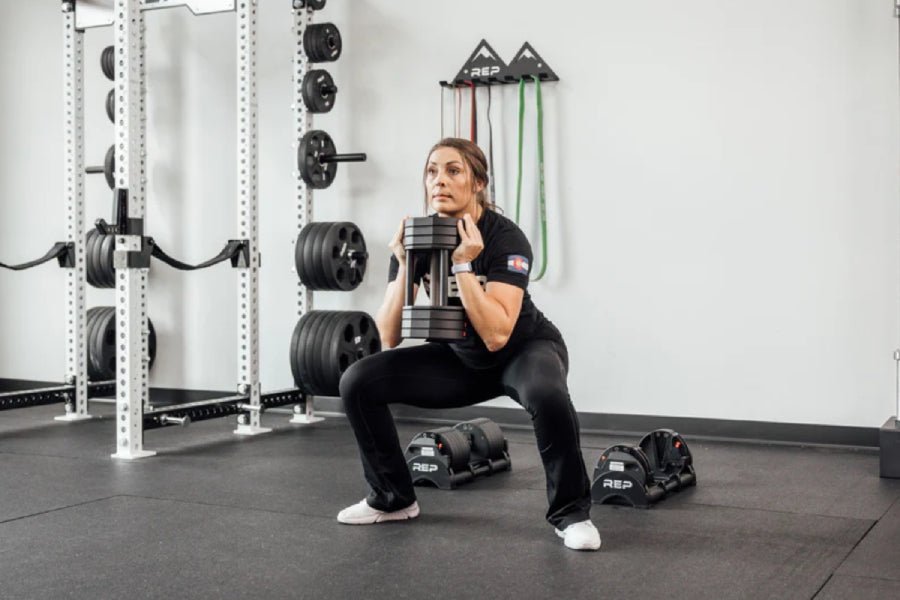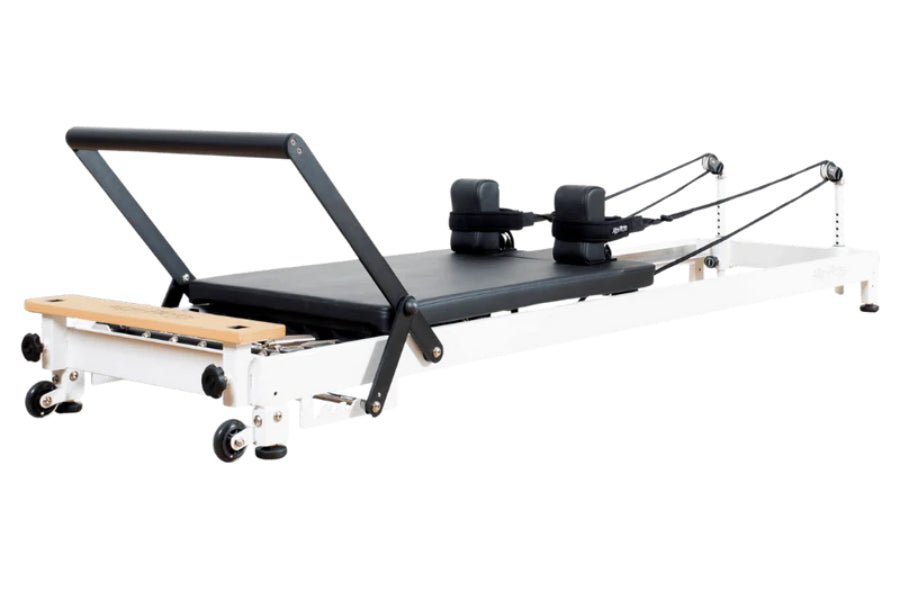HIIT vs Steady-State Cardio: Which Workout Burns More Fat
GYMSPORTZ PTE LTD | 7 Oct 2025

When it comes to burning fat and improving fitness, cardio workouts often take centre stage. But one common debate keeps coming up: which is better for fat loss, High-Intensity Interval Training (HIIT) or steady-state cardio? Both approaches have their unique benefits, and the answer often depends on your fitness level, preferences, and goals.
Let’s break down how each method works, their pros and cons, and which might be best for your fat-burning journey.
Understanding HIIT
HIIT, or High-Intensity Interval Training, involves short bursts of intense activity followed by brief periods of rest or lower-intensity exercise. For example, sprinting on a treadmill for 30 seconds, followed by a 60-second walk, repeated over 20 minutes, is a typical HIIT routine.
The appeal of HIIT lies in its efficiency. Workouts are usually shorter but pack in a lot of effort, which is ideal for people with busy schedules. A session can be done in 20–30 minutes, yet deliver similar or even better results than longer workouts at moderate intensity.
How HIIT Burns Fat
One of HIIT’s key advantages is the “afterburn effect,” scientifically known as Excess Post-Exercise Oxygen Consumption (EPOC). After a HIIT session, your body continues to burn calories at an elevated rate for hours, sometimes even up to 24 hours. This makes HIIT particularly effective for fat loss.
Exercises such as cycling on a HIIT air bike or sprint intervals on a treadmill force your body to work anaerobically, using stored glycogen quickly and tapping into fat stores during recovery. Studies suggest that HIIT can improve insulin sensitivity and fat oxidation, making it easier for your body to use fat as fuel in future workouts.
Understanding Steady-State Cardio
Steady-state cardio refers to maintaining a moderate level of exertion for a sustained period. Jogging, cycling at a consistent pace, swimming laps, or using a treadmill at a steady speed all fall under this category.
Unlike HIIT, steady-state cardio does not involve drastic changes in intensity. A typical session can last between 30–60 minutes, and it’s often recommended for beginners or those looking for low-impact exercise options.
How Steady-State Cardio Burns Fat
During moderate-intensity exercise, your body primarily uses fat as its energy source. Since the pace is sustainable, workouts can last longer, leading to a significant total calorie burn.
This type of training is especially effective for endurance building. Athletes who train for marathons, triathlons, or long-distance cycling rely heavily on steady-state cardio. For fat loss, the total calorie expenditure depends on how long you can sustain the activity.
Comparing Fat-Burning Potential
The biggest question people ask is: which workout burns more fat? The truth is, both have their strengths.
• HIIT is more time-efficient and creates a powerful afterburn effect, allowing you to burn calories long after your workout has ended.
• Steady-state cardio allows you to train longer, which can add up to a higher total calorie burn during the session itself.
If you only have 20 minutes to spare, HIIT will likely give you better results. However, if you enjoy longer sessions at a manageable pace, steady-state cardio can still be highly effective.
Other Benefits Of HIIT
Beyond fat loss, HIIT offers several other advantages. It improves cardiovascular health, boosts VO2 max (a measure of aerobic fitness), and helps build muscle endurance. Because of the short bursts of intensity, it also trains your body to recover quickly—an important aspect of overall athletic performance.
HIIT can also be more engaging. Switching between intense and recovery phases can make the workout feel less monotonous compared to long, steady runs. This variety helps with motivation and consistency.
Other Benefits Of Steady-State Cardio
Steady-state cardio is often easier on the joints and can be more sustainable for beginners or individuals recovering from injuries. It’s also less intimidating, making it a good entry point into regular exercise.
Additionally, it can have a calming effect on the mind. Many people use running or cycling at a steady pace as a form of moving meditation, which helps reduce stress and improve mental well-being.
Which Is Better For You?
Choosing between HIIT and steady-state cardio depends on your goals and lifestyle:
• If you want maximum fat burn in minimum time, HIIT is a strong choice.
• If you enjoy longer workouts and want to improve endurance, steady-state cardio may suit you better.
• For balanced fitness, incorporating both into your routine can deliver the best results. For instance, you might do two HIIT sessions a week and two steady-state cardio sessions.
Tips For Getting The Best Results
Regardless of which workout style you choose, a few key strategies can help maximise fat loss:
1. Stay consistent – Fat loss requires regular training, whether HIIT or steady-state.
2. Mix it up – Combining both methods prevents plateaus and keeps workouts interesting.
3. Fuel properly – Nutrition plays a major role in fat loss. A balanced diet supports your workout efforts.
4. Rest and recover – Overtraining can hinder progress. Schedule recovery days to allow your body to adapt.
The Bottom Line
Both HIIT and steady-state cardio are effective for burning fat, but the best option depends on your personal fitness goals and schedule. HIIT delivers fast, efficient results with the added benefit of post-workout calorie burn, while steady-state cardio provides endurance, sustainability, and mental relaxation.
If you’re looking to elevate your cardio workouts, consider investing in quality equipment such as a treadmill or a HIIT air bike to enhance your training sessions. At Gymsportz, you can find a wide range of fitness equipment to help you get the most out of your workouts, whether you’re going for high-intensity bursts or long steady runs.

